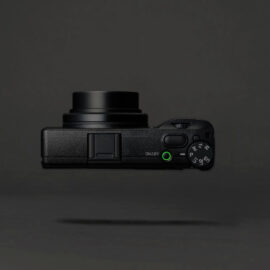

- Difference between luminar ai and luminar neo skin#
- Difference between luminar ai and luminar neo professional#
- Difference between luminar ai and luminar neo series#
Zoom into an image and pan around, and Luminar takes a second to render your new view properly, showing you a pixellated preview for nearly two seconds in the interim. We also liked the ability to perform an edit on one image, and then synchronize the changes to other images in your catalogue.

The inclusion of a before-and-after slider is appreciated, as it lets you keep a bit of perspective over exactly what’s happening to your image. Still, there are some solid fundamental tools. Some edits tend towards the dramatic – use the slider at the bottom to reduce their intensity.
Difference between luminar ai and luminar neo skin#
More contentious-sounding tools, such as the skin blemish remover, are actually applied subtly, allowing Luminar to largely deliver on its claim of top-quality images in next to no time. Luminar AI does a nice job of detecting facial features and boosting them (whiter eyes and teeth, for instance), without damaging the rest of your image. We enjoyed similarly good results editing portraits. It works well, the results are good, and if you click the small ellipses icon just over the effect slider you’re launched into Luminar’s Edit panel, where you can adjust the nuts and bolts of your chosen effect. Choose your effect (they’re given unhelpfully non-descriptive names such as “Clean light” and“Forest Stream”), and then tailor how strongly its applied with a slider beneath.
Difference between luminar ai and luminar neo professional#
Using the suggested templates, we ended up with results which, much to this photographer’s chagrin, were pretty close to the professional results arrived at via protracted Photoshop sessions. We tried Luminar with a set of unedited raw images and were pleased with the results. Landscape edits are quickly and effectively applied.
Difference between luminar ai and luminar neo series#
In Templates, Luminar suggests what kind of image you have, and then gives you a series of recipes that spice it up, ranging from simple saturation-and-sharpening boosts to Instagram-friendly low-contrast filters. The way Luminar edits is broken down into Templates – which are one-click wonders that instantly spice up your photography – and Edits, where effects are automatically applied with your hand on the tiller, feathering in the changes Luminar thinks are best.

Hopefully that's a bug that will be ironed out with a firmware fix. You don’t open images one at a time instead you add them to a catalog a slightly flawed process because our version of Luminar (1.0.1) had a propensity for forgetting where images were, flagging them with a not-found warning icon and forcing us to re-import the original shot, losing any edits we’ve made. The main UI owes a passing nod to Lightroom, at least structurally. Skylum Luminar AI at Amazon for $49 (opens in new tab).Luminar AI let you add entire skies as well.


 0 kommentar(er)
0 kommentar(er)
